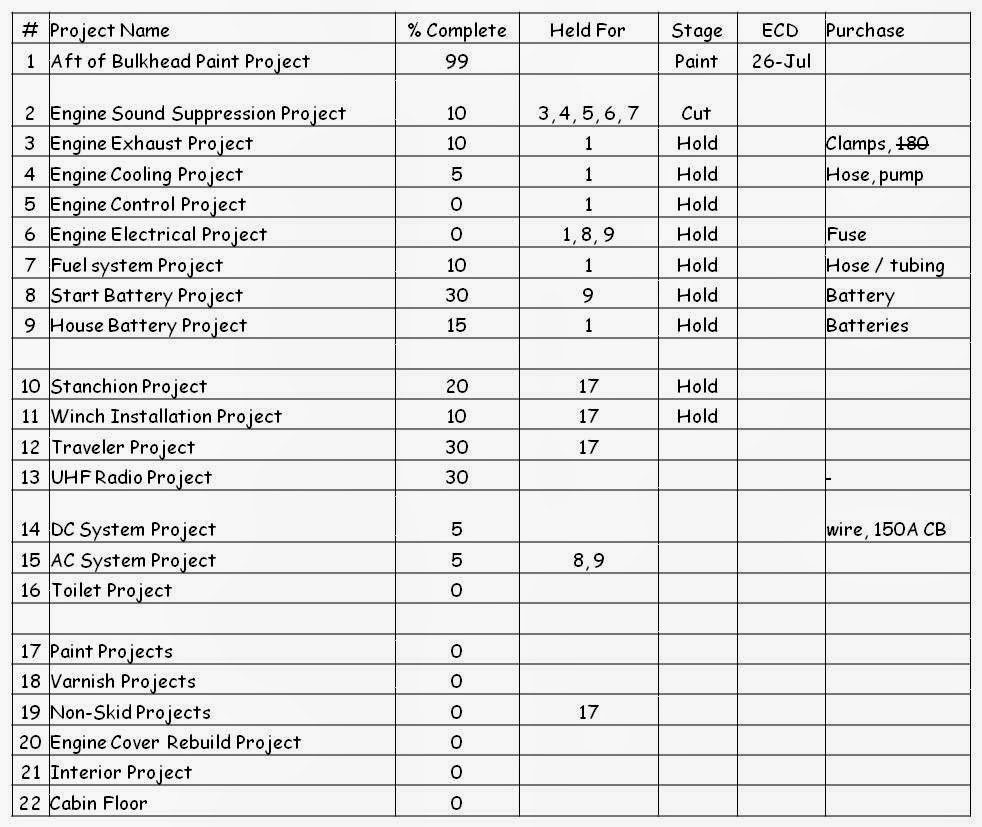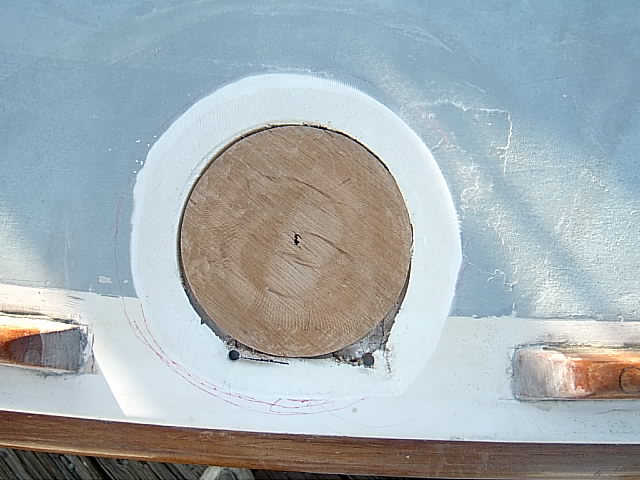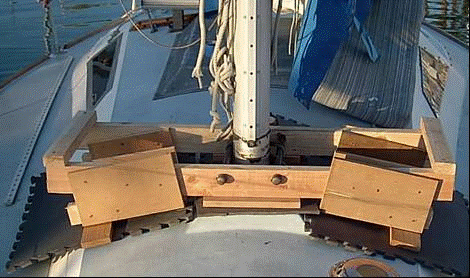3 years ago, (10-09-2010) 4 of us left Chula Vista California bound for Long Beach aboard Something Else. The trip is over 100 miles most of it in the ocean. This was my first trip aboard a small boat overnight. This was also my first time (other than test runs the week earlier) as a skipper. Yeah, if you own the boat they call you skipper. I have NO experience whatsoever but I’m the skipper. The guy in charge! Looking back, I knew nothing. And I’m in charge? It was my good fortune that I enlisted help of my friend Greg, who is an off shore sailboat racer. He enlisted the assistance of another off shore guy, a youngster named Luke. I told Greg candidly, “I know NOTING, Nada, Zip... Zero”. He patiently explained that the skipper is the one who owns the boat and pays the bills. That’s all I had to worry about. I’m broke because I bought a sailboat; all I can worry about is paying the bills. The forth person on the trip was Dave from my reserve unit. He is working towards his USCG captain’s license. So yes I’m the only one that knows nothing and I’m in charge. Perfect!
All the logistics preparing Something Else for this day seems like a blur. A lot of work and the time flew. But finally on Saturday morning the five of us up packed up into the Mary’s car for the drive to Chula Vista. Mary came along to drive the car back; an important player in the plan. Everybody else parked their car in the Alamitos Bay Marina parking lot, the soon to be home port of Something Else.
 |
| Chula Vista is not far from the Mexican boarder. Long Beach is at the top of the map. |
The plan is to motor about 25 hours all the way to Long Beach. We are motoring because the prevailing winds and current is south and we want to go north. Sailboats can sail to toward windward but it’s slower, longer distance and allot more work as one has to tack back and forth. The plan was to be in Long Beach Sunday. We left the slip in Chula Vista around 3 PM. Chula Vista is on the southern end of San Diego Bay. One has to follow the buoy markers in order to stay in the deeper water channel. I missed a marker and went strait when I should have turned left. We came to a slow stop. Something Else has a lead fin keel that requires around 6 foot of water. The keel hit the sandy bottom. Luckily we were not hard aground so we were able to back up and continued on carefully following the channel markers. At the north end of San Diego Bay near North Island we decided to recheck the oil in the engine. When I pulled the dip stick it seemed like un-chucking an air hose, like a woosh of air pressure. It was down a quart. That seemed odd but I had 12 quarts of oil. We added a quart of oil and decided to check it again in 2 hours.
 |
| North Island aboard Something Else 10-9-2010 |
Past Point Loma and out of San Diego bay you have to go south following the marker buoys because of the kelp beds. Luke was at the tiller when he turned it over to me. I take the helm but I see kelp everywhere and can't see my next bouy. I ask everybody “where is the next marker?” Luke missed a marker… so I feel better about my error earlier in the day. We have to back down several times to remove the kelp from the keel and rudder. Finally we reach the final buoy and into open water. Greg asks “What heading Skipper?” I’m not prepared for such details! I jump down to the navigation station and look at the charts. I determine heading Three One Zero Magnetic. Greg was testing me as he has done this trip so many times he knows without looking. A lesson well learned, preparation requires more than buying sandwiches and having friends meeting someplace.
Greg and Luke sugested we arrange a rolling watch; rotating one person every 2 hours. Two people will be sleeping and two people on watch in the cockpit. That agreed to we all start changing into our foul weather gear. The temperatures fall pretty quickly once the sun sets. We noticed the cabin is smokey. We check the oil again and it is down another quart and it still has the woosh. We decide to throttle back and not work the engine so hard. Two hours later we check the oil again and it needs another quart. Three quarts in 6 hours is not good. Each time we check the oil it is becoming harder and harder to start the engine.
While the boat is underway everything seems surreal. The water is like black ink and the wake is luminescent. It’s amazing and awe inspiring! I definitely see myself doing more of this!
Just before it is time to check the oil again… the engine quits. We check the oil, it needs a quart but that wouldn’t make the engine quit. We try to restart it but it won’t start. I try both WD40 and starting fluid and I won’t start. Diesel engines are pretty easy. They need fuel and compression and they will run. I turn the engine over with the hand crank… It was too easy. We don’t have compression. I take off the valve cover and find the exhaust valve spring is broken. Oh boy, were done. From euphoric to despair... It’s past midnight; we are 15 mile offshore west of Oceanside with a dead engine. There is no wind and the once smooth ocean is now pitching up and down as we bob around like a cork on the waves. I’m feeling weak and sick and I’m the skipper.
Greg springs into action like a one man crisis response team. Here are your options, and the pros and cons of each. Luke throws out some more options. You choose skipper and we’ll get it done. I decide vessel assist is the best for all of us if they will tow us to Long Beach. Greg and Luke made the arrangements over the VHF radio. Vessel Assis is like AAA. Depending on your membership coverage they will tow you X distance. Bottom of the line coverage will tow to the nearist port. Luke had access to Ultra Platinum coverage and we were towed to Long Beach. The Vessel Assist had to leave from San Diego they found us about 4 hours later. 8 hours of tow and we're at Long Beach. The tow boat towed us fast. Hull speed for my boat is around 6.7 knots. Riding the tow boats wake we are doing 8.5 knots. The only way Something Else could go faster would be to put it on a trailer and tow it freeway speeds!
I am so thankful Greg and Luke were there cause I could not have done it without them. They were Pros.











































